What we’ve learned about inclusive data
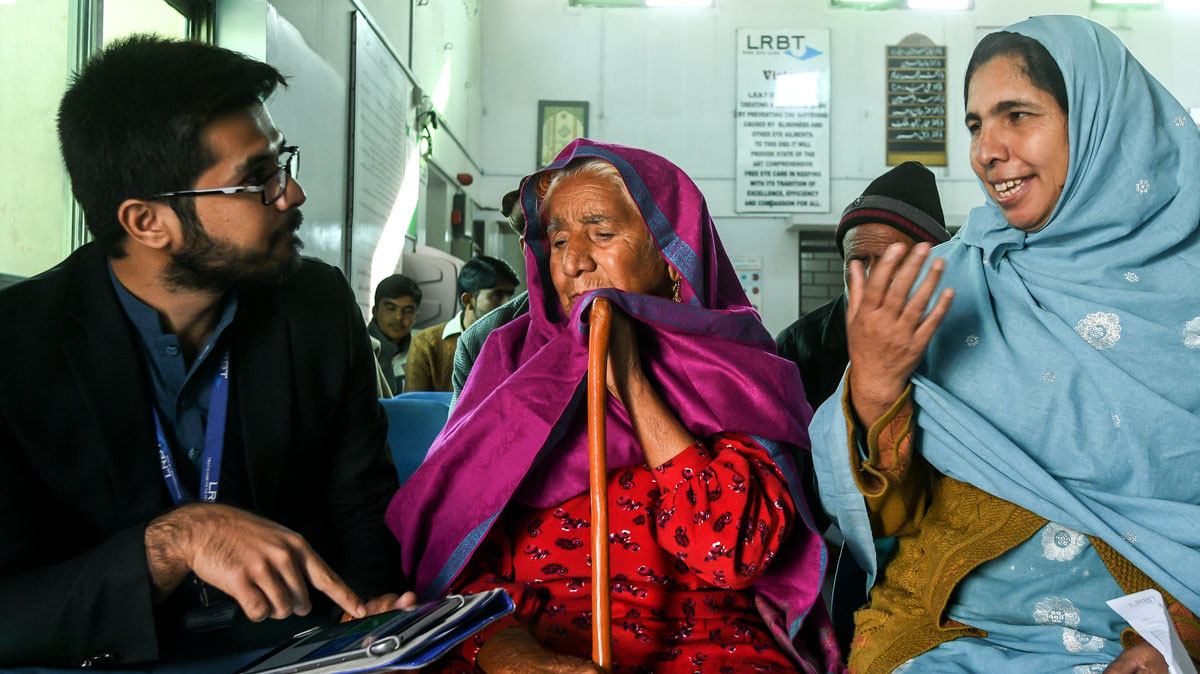
If we’re going to achieve the UN’s Sustainable Development Goals (SDGs), having the right data to measure progress is critical.
But organisations can often overlook the issues and challenges involved in collecting data that includes everyone. Hearing from other global development actors who are collecting inclusive data, such as data that is disaggregated by age, sex, disability and other characteristics, would go a long way.
That is exactly what Sightsavers and our partners decided to do. To share tips and learning from inclusive data collection, we hosted a learning event.
Our four speakers from Development Initiatives, HelpAge International, UN Women and Sightsavers gave a clear message: that collecting inclusive data to improve the equity of outcomes for all is a universal and overarching objective.
This aligns well with the “leave no one behind” principle of the SDGs. The four presenters agreed on a range of issues such as the importance of trialling questions and providing comprehensive training for data collectors. Overall, three distinct themes came through during this event.
1. Data disaggregation
There is a lot of value in disaggregating data by various characteristics. However, we also need to acknowledge when it is not appropriate.
Alex Goldsworthy from Help Age advised caution on disaggregating beyond the limits of the available data, such as when faced with small sample sizes.
This is because when the sample is too small, it won’t provide results that can be generalised to the wider population, meaning that it’s difficult to make decisions. It can also lead to misleading results, as the sample is not representative of the disparities that may exist at community and household level.
In this situation, Goldsworthy suggested using other data collection methods such as focus group discussions and key informant interviews instead.
Claudia Wells from Development Initiatives spoke of the transformative power of data, stating that “what doesn’t get counted, doesn’t count.”
Rather than focusing solely on the marginalised populations, she described an interesting and innovative approach that her organisation had taken. Development Initiatives had investigated whether aid flows to disability-specific projects were inclusive of people with disabilities.
They found that of the 25% of aid identified as disability inclusive, only 3% was disbursed by organisations for persons with disabilities.
2. Data should be locally owned
All the speakers mentioned the need to involve local organisations when gathering data in a particular country. This includes national governments, statistical offices, organisations of people with disabilities (OPDs), and especially the beneficiaries themselves.
Papa Seck from UN Women said: “The needs are local. The policies to address those needs are local. Therefore, the data needs to be locally produced as well.”
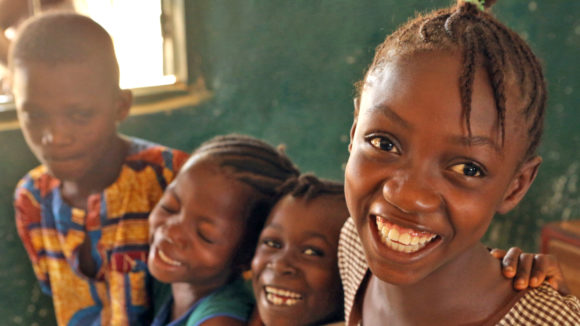
The Global Goals
The UN’s Sustainable Development Goals (SDGs), also known as the Global Goals, aim to end poverty, protect the planet and ensure prosperity for everyone by 2030.
About the Global Goals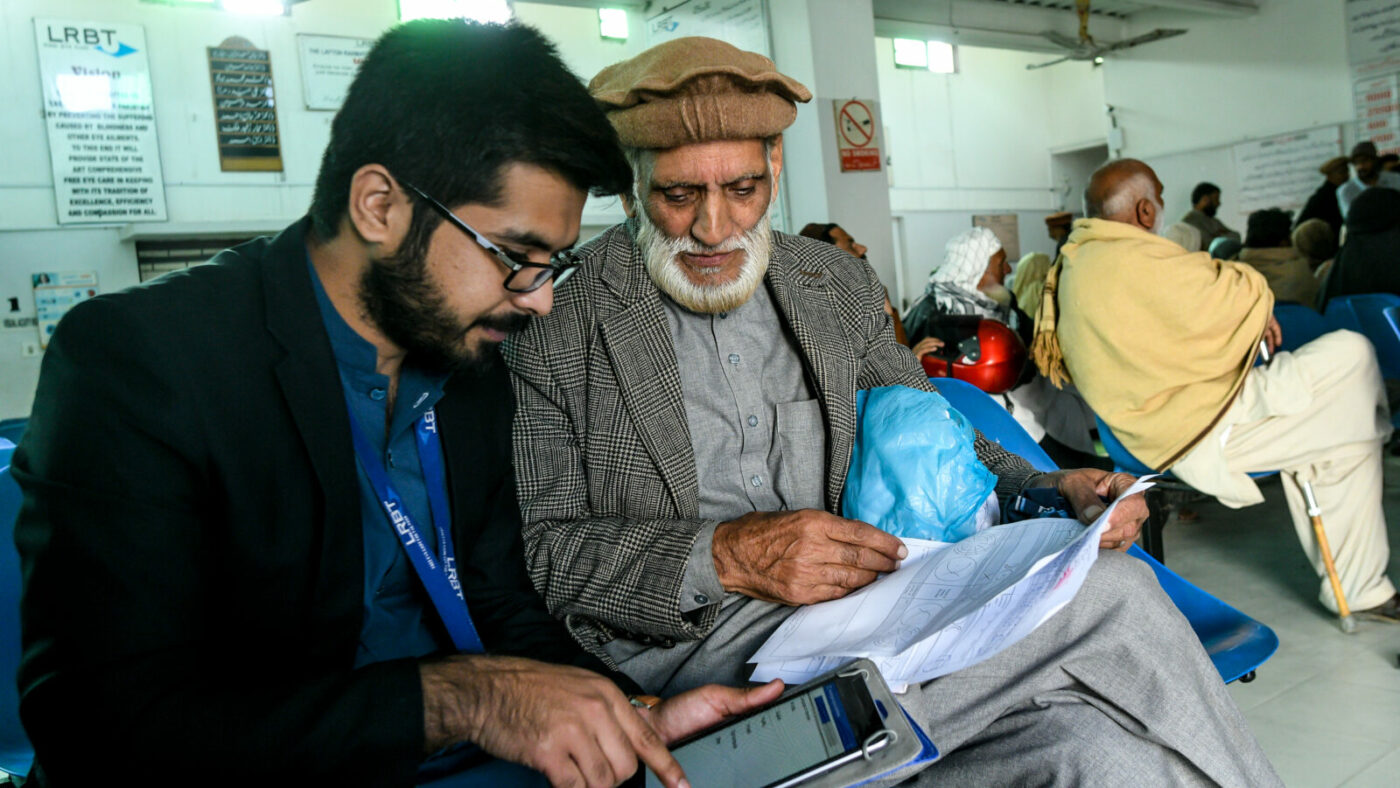
3. Integrate services and provide appropriate training
The speakers all agreed that the key to success was in integrating services.
Based on experience from an inclusive eye health project in Pakistan, Munazza Gillani from Sightsavers shared that there should be a greater focus on integrating inclusive data collection responsibility into job descriptions of existing health staff, and training of staff on a regular basis to refresh their skills and knowledge.
Papa Seck added that we should take care when examining how different population groups experience phenomena such as inclusion.
This is because only around 31% of SDG indicators were reliably monitored prior to the pandemic. As organisations are now prioritising the response to COVID-19, it’s possible that this number has gone down further.
Key takeaways from the event
Partnership
All speakers emphasised that inclusive data is not a lone pursuit; instead, the key to success is to build partnerships across many different groups.
It is particularly important to engage organisations for persons with disabilities from the outset. This is because intersectionality – the way in which different elements such as income, sex and disability interact to affect inclusion – is a local issue with local solutions.
Preparation
Another take-home message was that organisations should always take time to plan and budget for the process of inclusive data collection. This includes planning for initial and refresher training, advocacy and translation, as well as pre-testing data collection instruments before they are used in the field.
Process
One key method that the speakers recommended is to develop an internal checklist of inclusivity requirements.
These could be around language use, contextual and cultural factors that should be considered, as well as accessibility adaptation.
Sightsavers will continue working to make sure that inclusive data is integrated into our programmes. We are also looking forward to joining up with others, including our partners from the Inclusive Data Charter, to spread the word about the transformative power of inclusive data.
If you’d like to know more about how your organisation can work with inclusive data, visit the IDC website. You can also watch a recording of our inclusive data learning event on YouTube.
Author
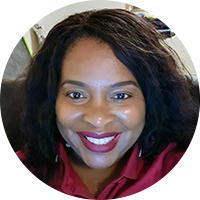 Dr Elsie Makachiya is Project Manager for Inclusive Data at Sightsavers.
Dr Elsie Makachiya is Project Manager for Inclusive Data at Sightsavers.
The Inclusive Data Charter
Sightsavers is a champion of the Inclusive Data Charter, which brings together global governments and organisations to advance the availability and use of inclusive data.
Read about the charterWant to read more about our work?
Sightsavers and disability rights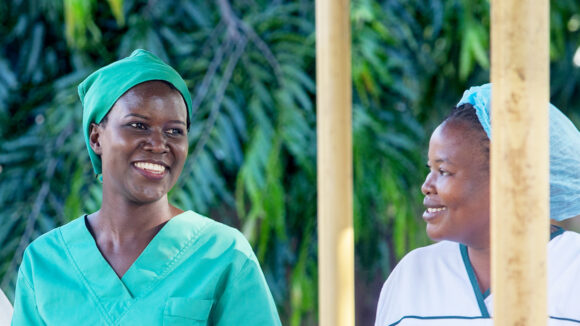
“Everyone deserves quality eye care services”
In Uganda, an inclusive eye health programme has helped to protect people’s vision and build a sustainable eye health system that can be accessed by everyone.

The key to inclusive education is engaging organisations of people with disabilities
Collaborating with organisations of people with disabilities (OPDs) on our inclusive education projects has earned the Sightsavers-led Inclusive Futures consortium a Zero Project Award in 2024.
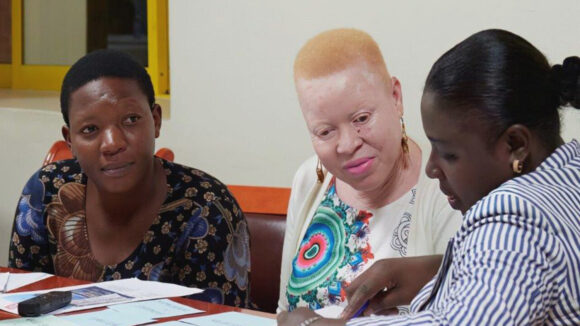
Collaborating to improve gender-based violence services
Women and girls with disabilities face a higher risk of gender-based violence, yet they are often prevented from receiving support due to inaccessible services.